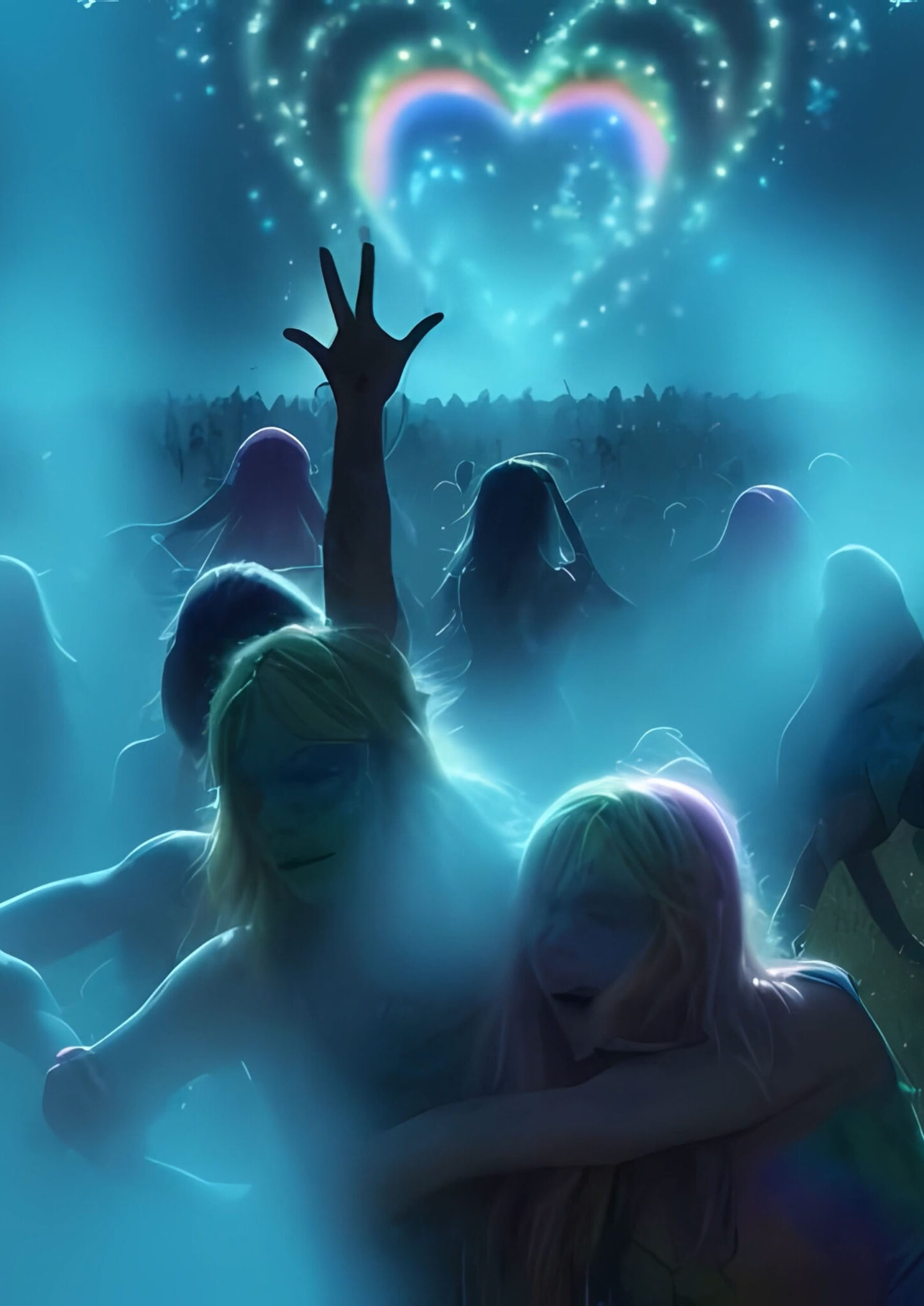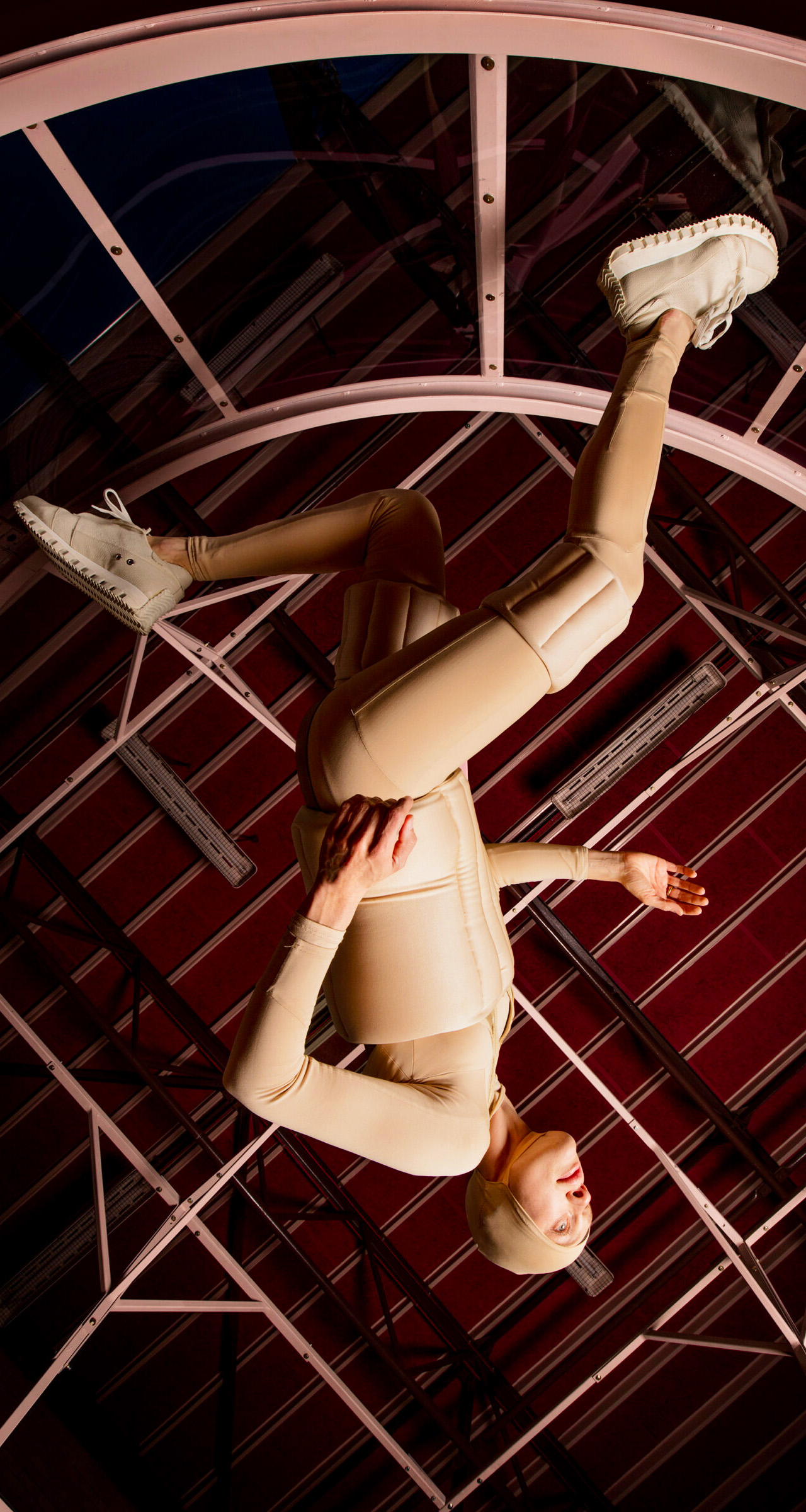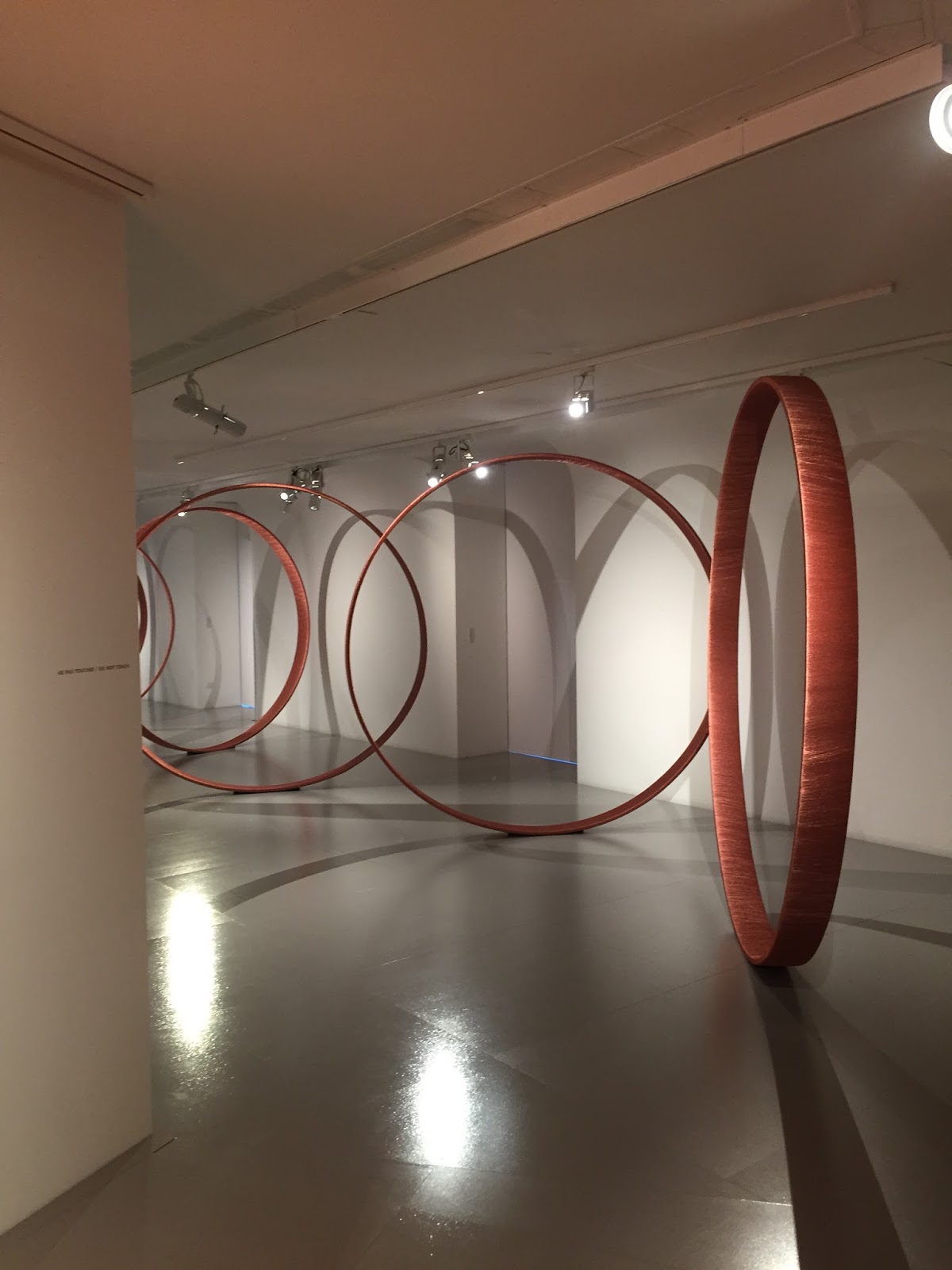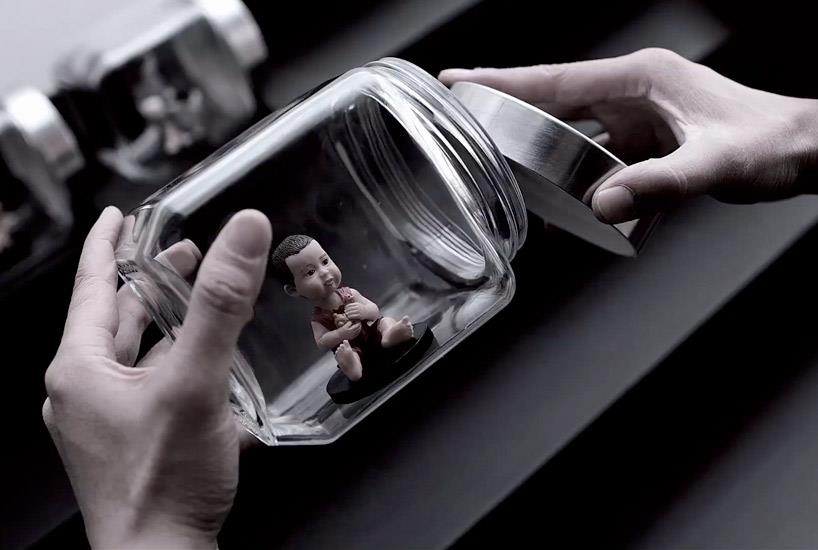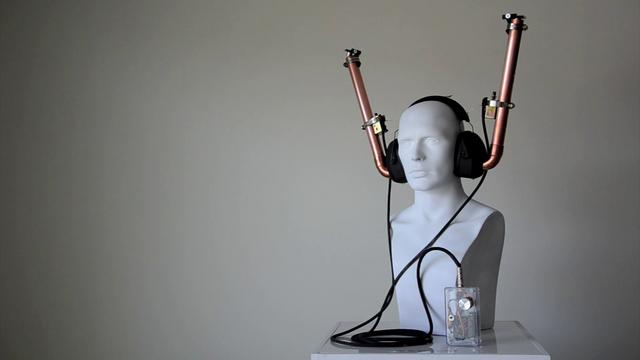アンドレアス・アンジェリダキス
Ein Kunstwerk zu verstehen ist keine einfache Aufgabe. Wir wissen nicht immer, was im Kopf des Autors vor sich geht, seine Motivationen und seine Ideen. Wenn wir also die Bedeutung einer Arbeit wie dem Hand House kennen, einem konzeptionellen Projekt des griechischen Architekten Andreas Angelidakis, erkennen wir, wie großartig der Prozess des künstlerischen Schaffens ist. Angelicakis kritisierte den Lebensstil der amerikanischen Großstadt Los Angeles mit surrealistischer Ästhetik . Das Handhaus ist eine Residenz, aber nicht wie jede andere: Seine Formen repräsentieren eine Stadt in einem Zustand der Paranoia, entweder aufgrund der Kultur der Verehrung der dort lebenden Prominenten oder der Angst vor Naturkatastrophen (weil es sich oben befindet Los Angeles ist ein geologischer Fehler und leidet unter häufigen Erdbeben. Die Räume des Hauses (Esszimmer, Wohnzimmer, Küche, Schlafzimmer) sind in zwei großen hohlen Betonblöcken installiert, die an einem Berg hängen – die Absicht ist, sie zu verwandeln in Orte der Dunkelheit und völligen Isolation. Als wir diese „Höhlen“ verließen, fanden wir ein Wasserreservoir, fast einen künstlichen Strand, ein klarer Hinweis auf William Mulholland, Ingenieur, der in den 1920er Jahren für die Arbeiten des Wasserverteilungssystems in Los Angeles verantwortlich war, ein grundlegender Faktor für das Wachstum der Stadt Betonarm kommt aus dem Wasser. Auf der ausgestreckten Seite befindet sich der Raum, der für den Empfang der Gäste reserviert ist: eine Glasbox ohne Privatsphäre, die die gesamte Exposition des Privatlebens von Prominenten gegenüber der Gesellschaft darstellt.
